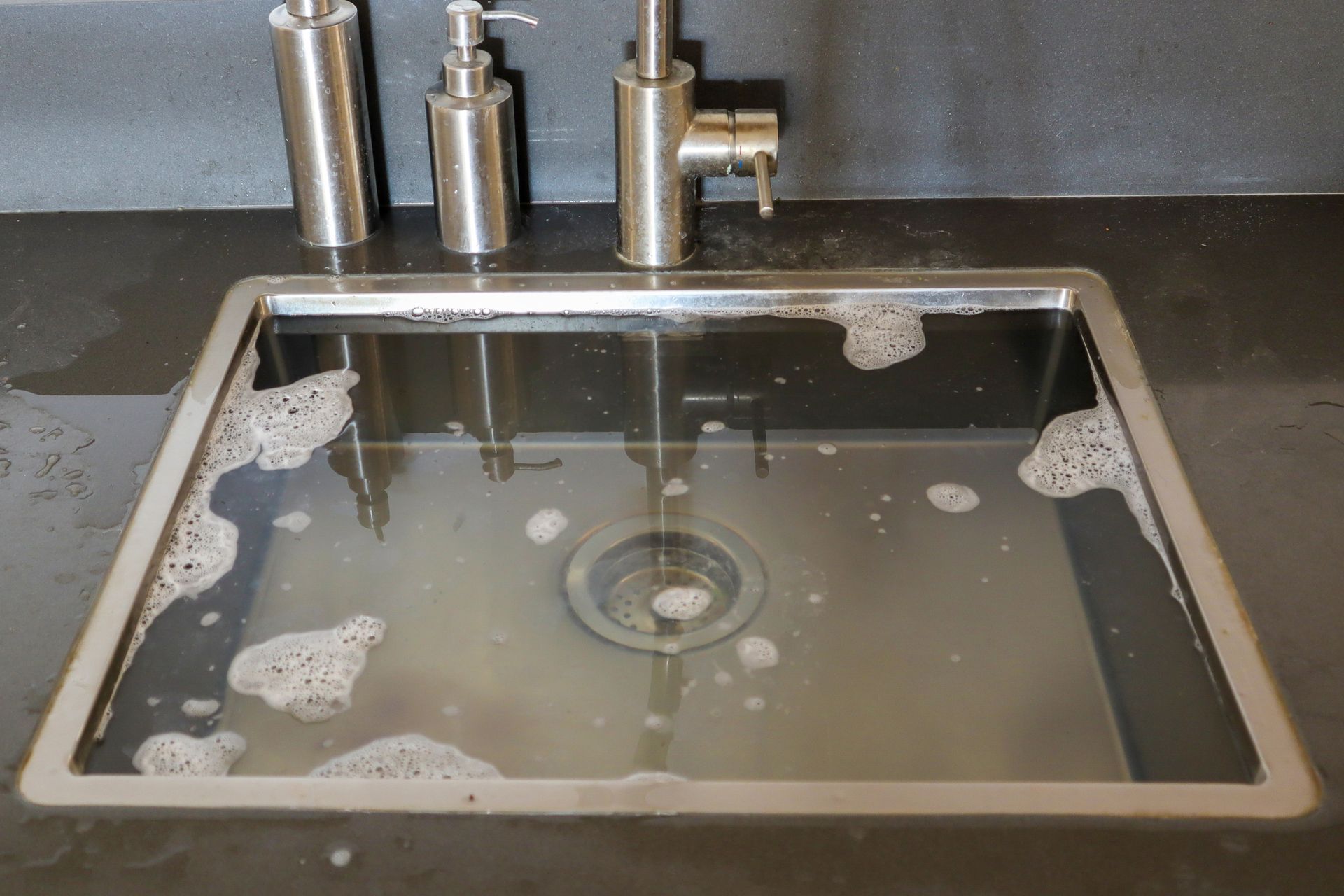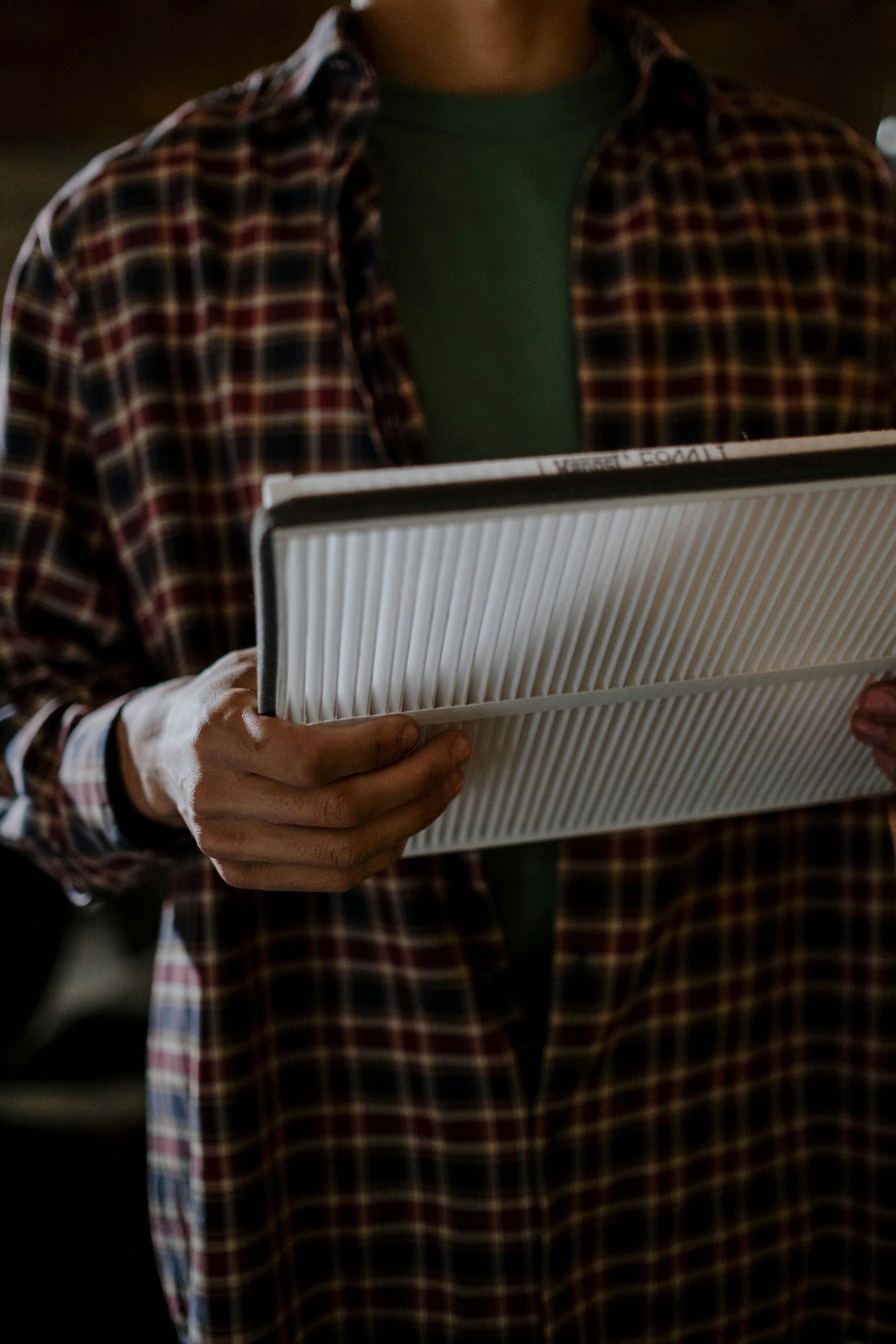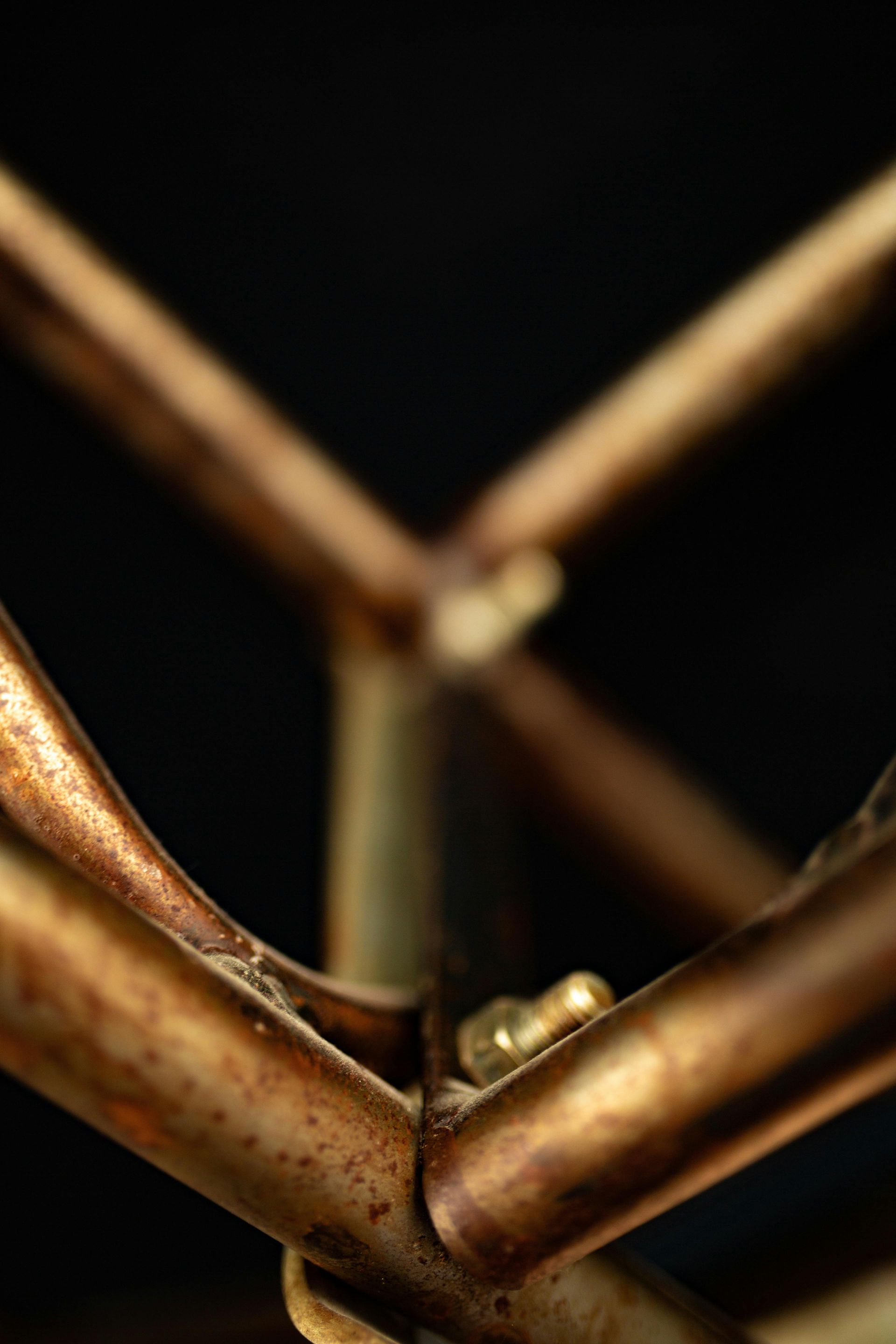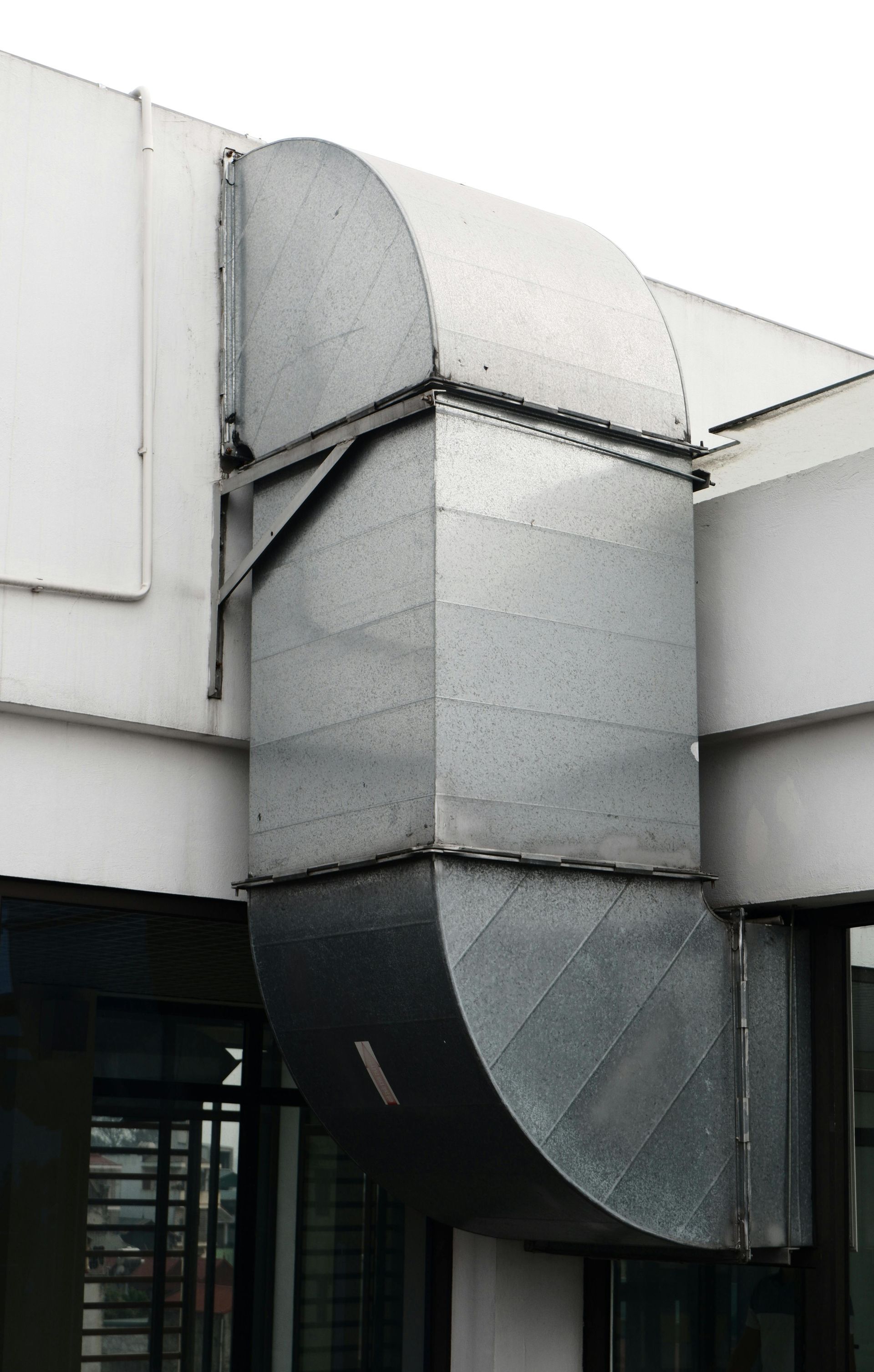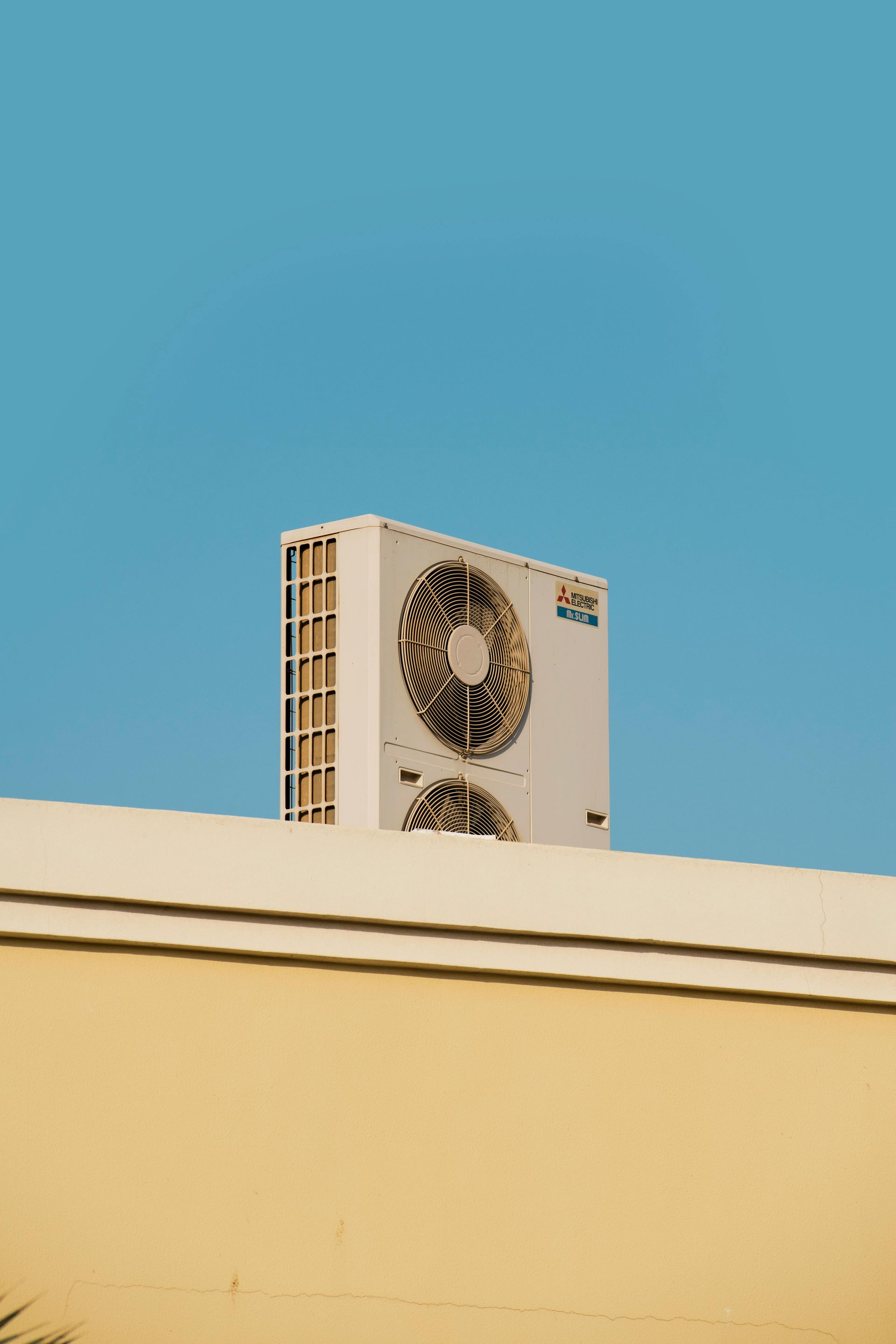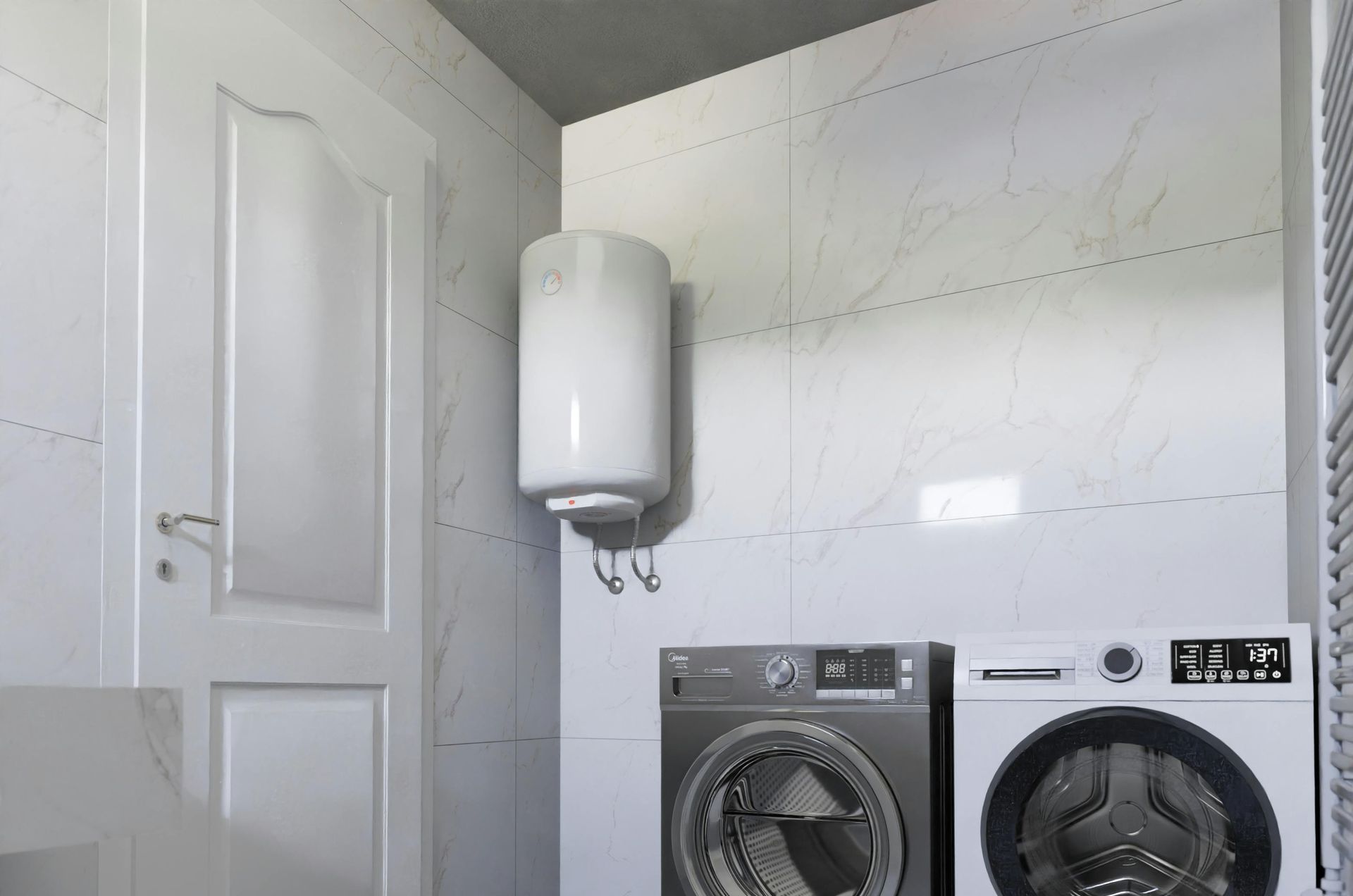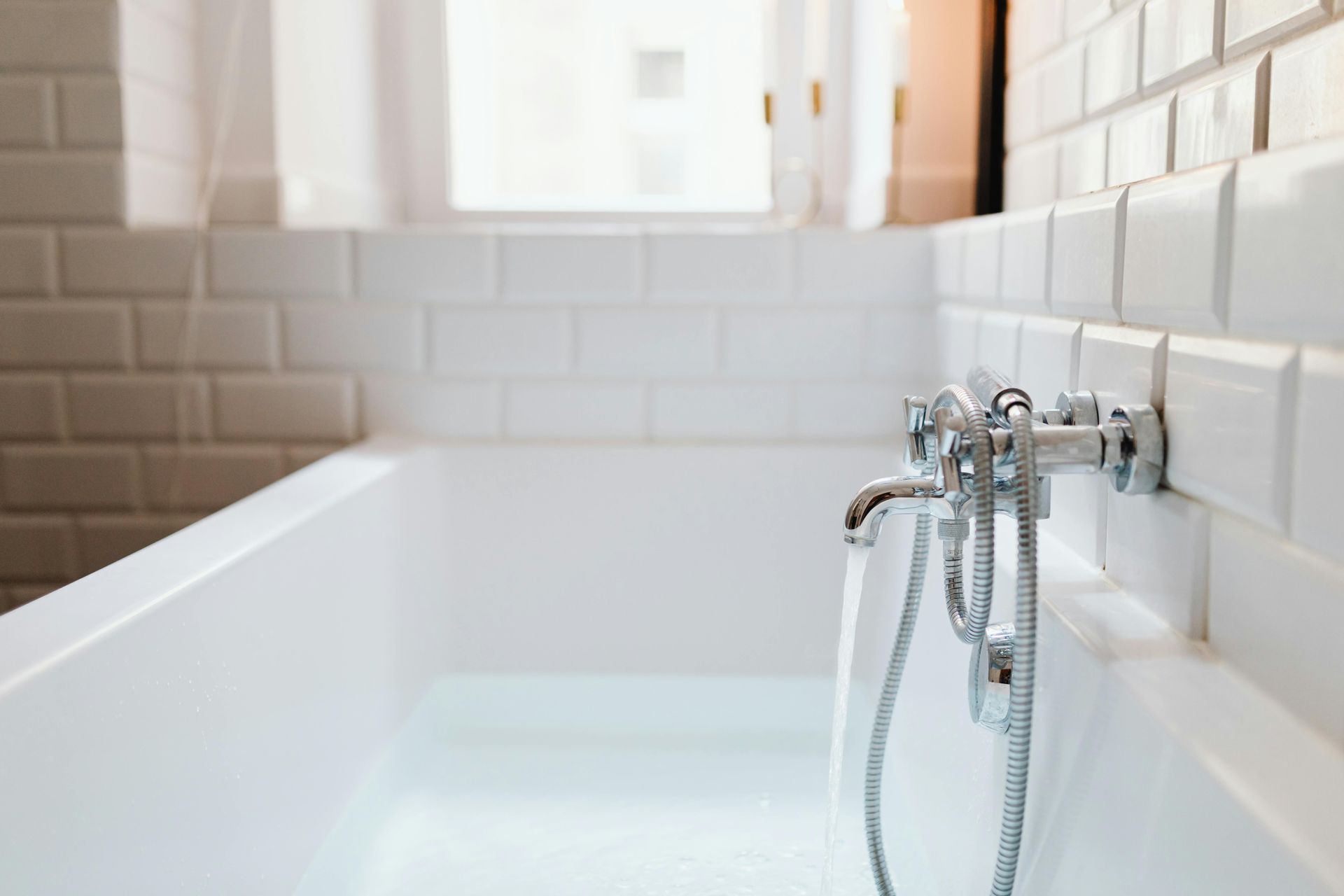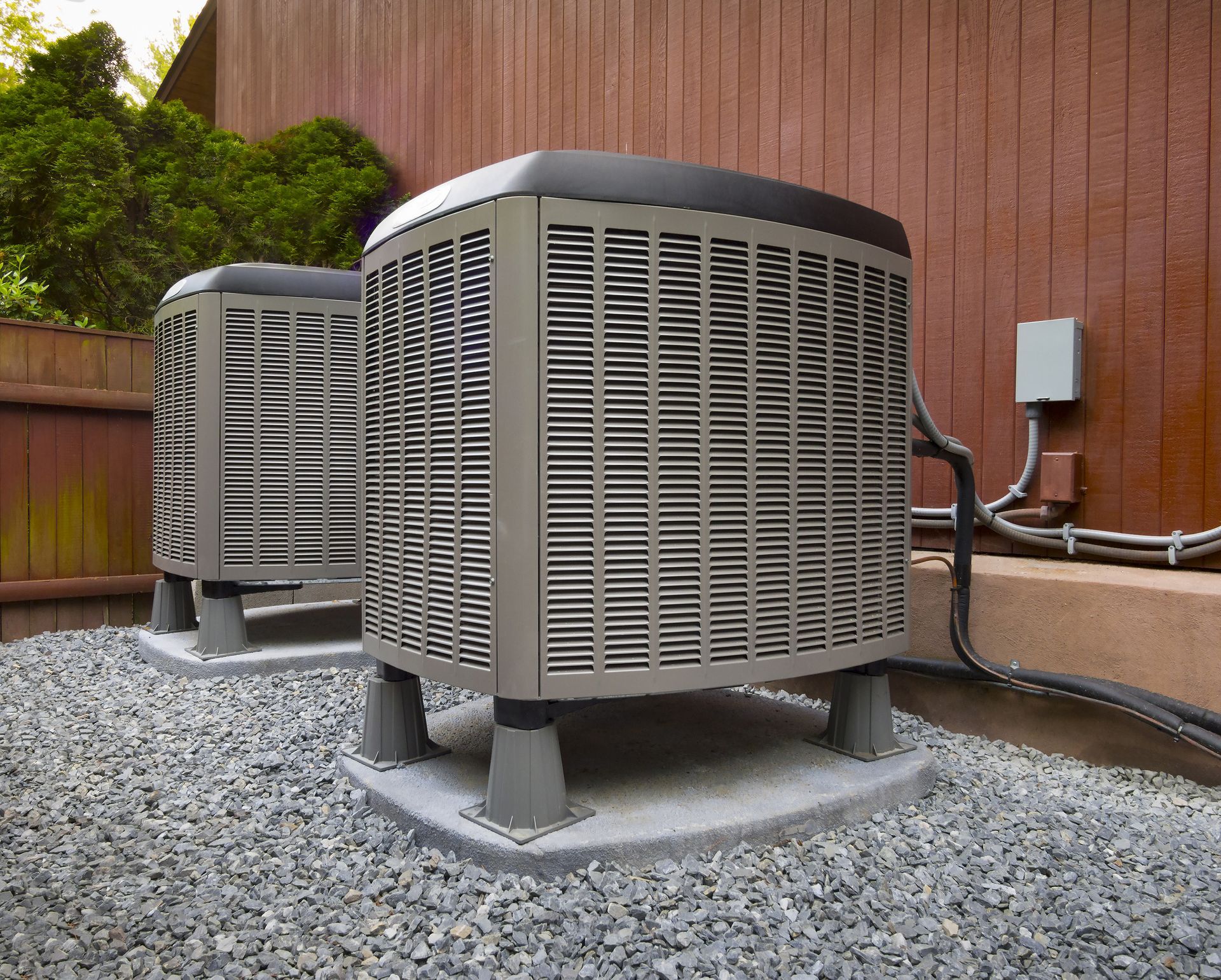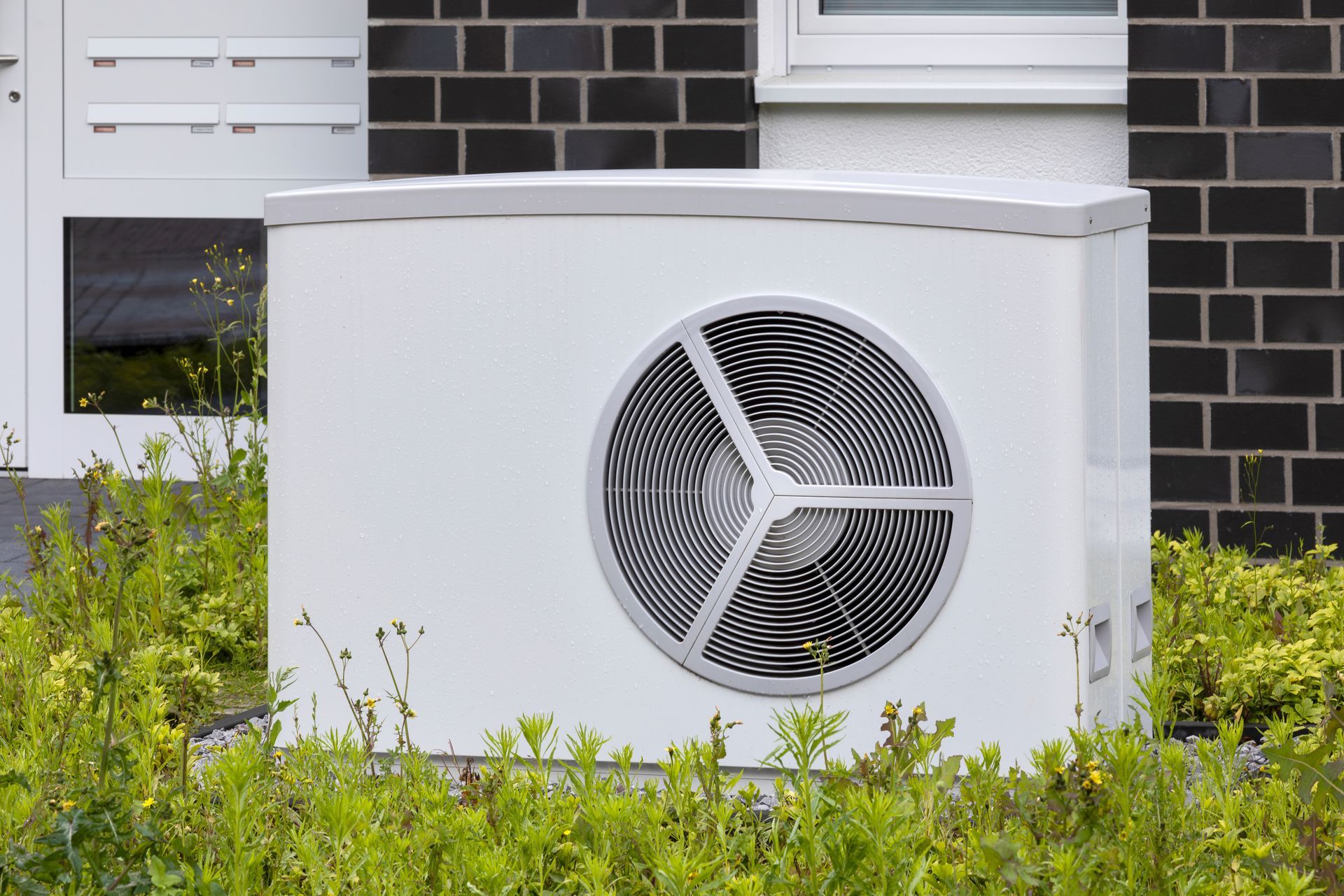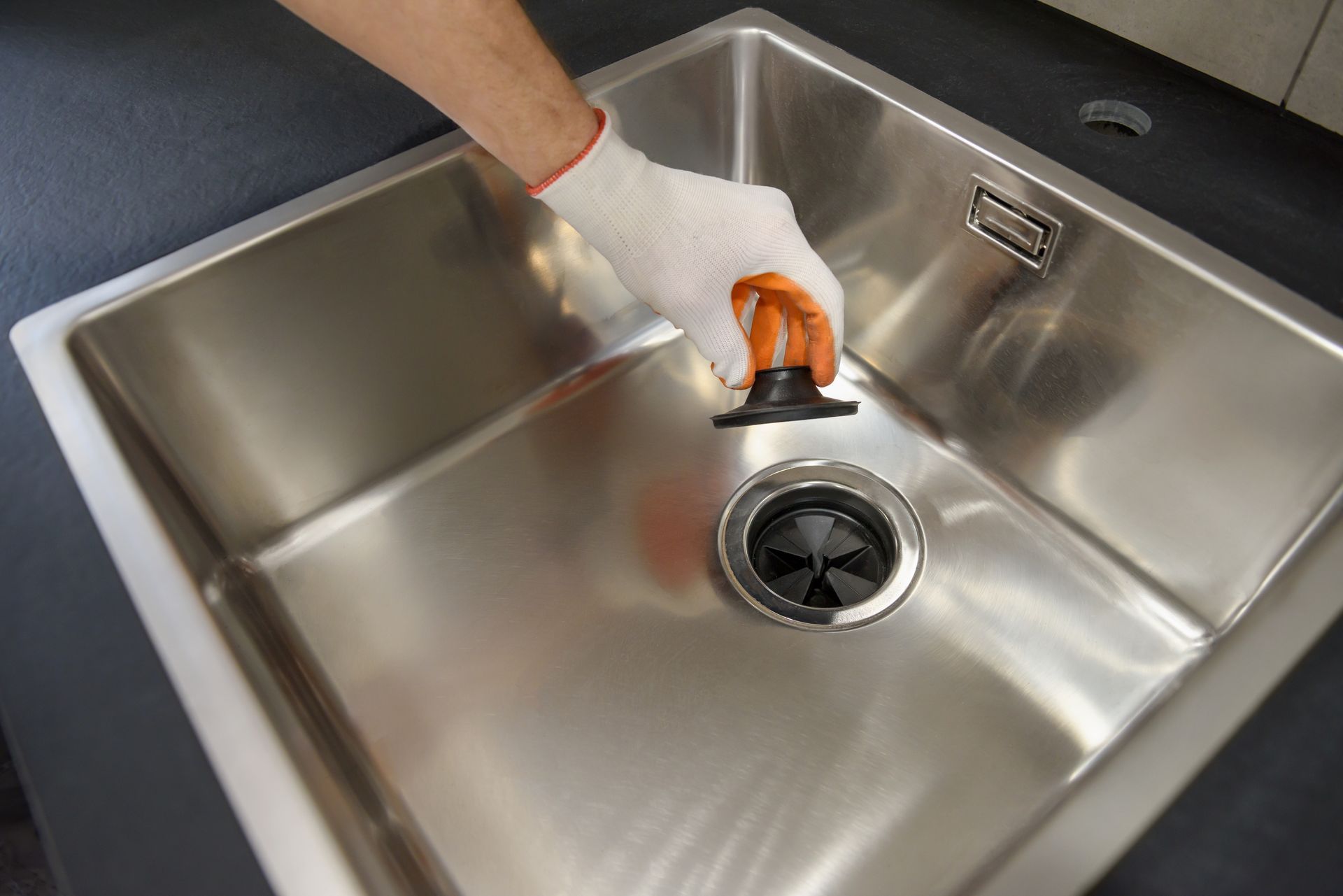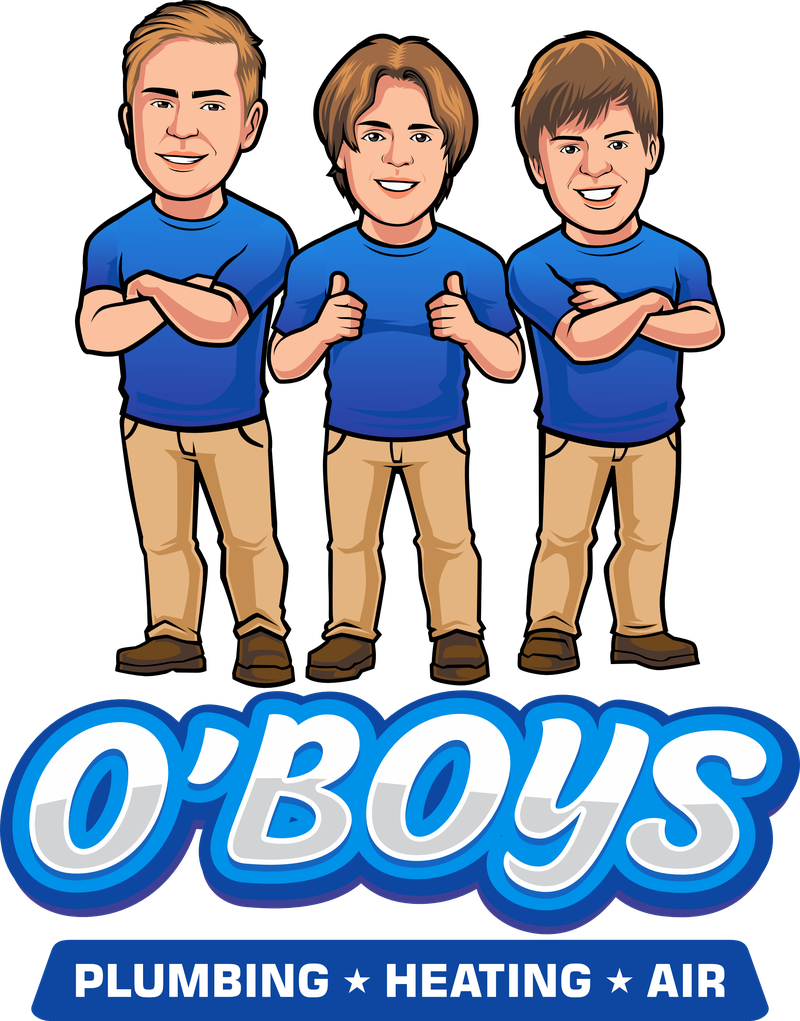Water leaks can be truly insidious; the longer they remain unchecked in your living space, the more costly they are to repair. This is especially true as these leaks tend to lead to serious water damage and other expensive issues. Fortunately, camera inspections can curtail the damage a leak can do to a home.
In this guide, we’re going to take a look at how plumbing camera inspections can help you detect hidden leaks and diagnose other plumbing problems.
Some Signs That Might Indicate You Have a Leak
It’s not always obvious that you might have a hidden leak in your plumbing system. Still, there are signs to look for in your home. For example, if you notice that your water bill has been higher recently but you haven’t increased your water consumption, there may be a leak in your system.
Additionally, when there’s a leak within your system, you might hear dripping noises coming from your walls or even running water sounds when faucets aren’t in use. Finally, some homeowners may notice moldy odors or the appearance of mold or mildew in places where they shouldn’t be, like on ceilings or walls with inside plumbing. This is a major indicator that you should contact a plumber from O'Boys Plumbing, Heating & Air for a camera inspection.
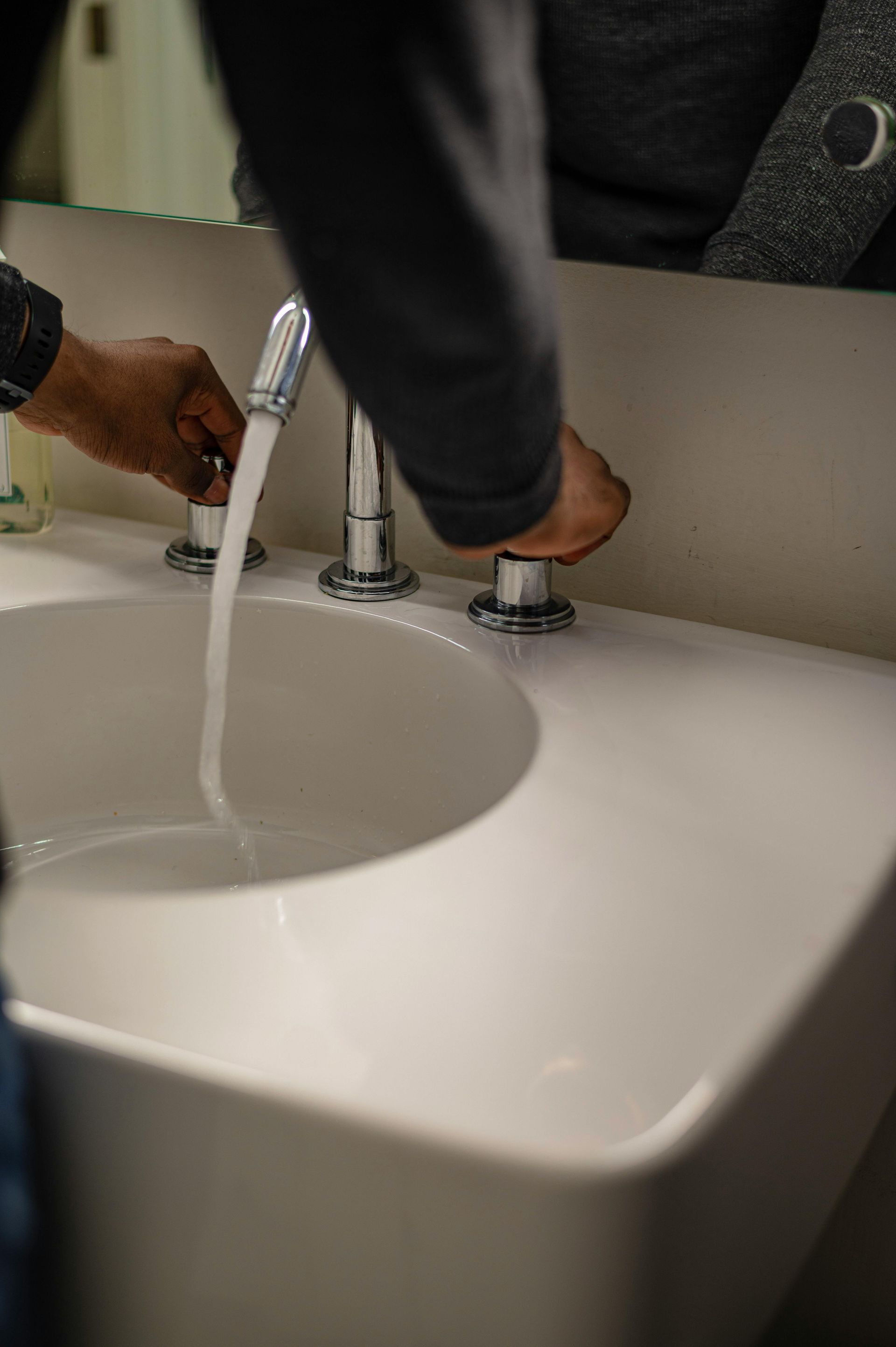
How Camera Inspections Detect Hidden Plumbing Leaks
If you suspect a leak and have called for assistance from a professional plumber from our team, we will use an endoscope-like plumbing tool. This is sometimes called a pipe inspection camera or drain camera. It helps to visually ascertain whether there is a pipe issue. These tools are completely waterproof and consist of a flexible rod that snakes its way through your plumbing system. At the tip of the rod, a camera provides still images or video and transmits these to our team member’s monitor or tablet.
As one of our plumbers pushes the rod through your system, they’ll be able to see the level of pipe integrity as the camera winds through the plumbing. The process itself is non-invasive, and the video feed is usually provided in high definition so that we can see finer details, which include:
Indications of corrosion on the pipe bodies
Cracks in the structure of the pipes
Intrusion by tree roots
Clogs or blockages
Leaking pipe joints
Broken pipe seals
Pipe sediment or debris buildup
With a camera inspection, we don’t always insert the plumbing camera directly into a pipe. Sometimes, we might insert the pipe inside walls via access points, into crawl spaces, under floors, or in sewer lines. Sometimes, if there are no access points in the walls or ceiling that may hide piping, we will have to create access holes by drilling. This adds invasiveness to the process, but the hole is typically very small, and once we complete the camera inspection, we can patch it to make sure it’s less visible.
A Closer Look at the Camera Itself
These plumbing cameras fit within very small spaces. At their widest point, they are only about 0.9 inches in diameter, so they can fit into very small drilled holes or into just about any pipe. They use fiber optic cables to send visual data back to our team member. Usually, the camera’s flexible rods can extend up to 50 feet, so we can easily wind through an entire pipe system.
Common Leak Locations Often Discovered Via Plumbing Cameras
You can find leaks anywhere in and around your home’s plumbing system. Sometimes, the leak is visible, and other times, it is more difficult to find. For example, a common spot for a leak that’s hard to detect without a professional is underground outside the home. Tree roots don’t typically break pipes open, but they do seek water to grow.
When they detect even a low level of moisture, they can grow into small gaps that already exist in the plumbing system. This will turn those small gaps in the pipe into much bigger holes. Effectively, they will exploit existing damage, making it much worse.
Another common spot for leaks is behind the shower wall. While piping behind other walls may indicate leaks when you hear a dripping or flushing sound, the tiled and sealed nature of shower walls can make it more difficult to detect such sounds. Additionally, shower tiles won’t show signs of mildew growth as easily as other surfaces. Eventually, you may see signs like soft drywall, but this is typically the result of neglecting a leaking pipe rupture for an extended period.
Cameras also tend to find leaks beneath concrete foundations. These are often called slab leaks, and they are well hidden and provide very little warning that they are present. These involve the water lines that run underneath the concrete slab below your house. You might not see visible water accumulation for months after water flows out of your pipes. This water can erode the soil your home is resting upon, which can shift the slab or even crack it. Plumbing cameras can detect this kind of leak fairly easily since there is still piping that a plumber can explore visually to detect excess water.
Why You’d Want a Camera Inspection Over Other Leak Detection Methods
Simply put, this type of leak detection is the most inexpensive and non-invasive method available to homeowners. While there might be some drilling if there’s no predefined access point, this is much less damaging than demolishing a wall or floor to gain access to the pipes.
Also, even if there are access shafts and ways to get to the pipes directly, reviewing an entire plumbing system for leaks often takes time. With an endoscopic plumbing camera, visuals of the entire plumbing system appear instantly as the camera winds through the pipes. These provide all video through a live feed, so your plumber can make on-the-spot decisions for addressing your plumbing issues, whether it’s drain repair or sewer pipe replacement.
This also serves as a preventative method. When examining your entire plumbing system, one of our trained plumbers at O'Boys Plumbing, Heating & Air can easily determine if you have any other plumbing issues that might manifest into future leaks. This can include blockages, roots beginning to form, or pipe corrosion somewhere in the line. Finally, most plumbing camera footage provides a record of the condition of the pipes that you can review later.
Camera Inspections Are a Great Way to Prevent Costly Leaks
With the humid summer climate of Blaine, it’s sometimes hard to determine if your pipes are leaking. Fortunately, our plumbing service team at O'Boys Plumbing, Heating & Air has the tools and expertise to find and manage any leaks in your plumbing system. As we’ve worked with the community of Blaine for more than 25 years now, we at O'Boys Plumbing, Heating & Air have fixed thousands of leaks.
If you suspect that there may be a leak somewhere in your system, give us a call today for a consultation.
